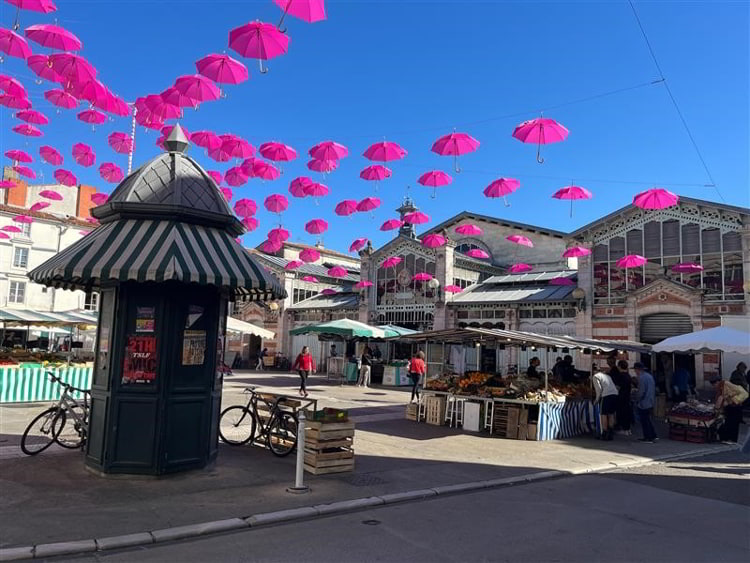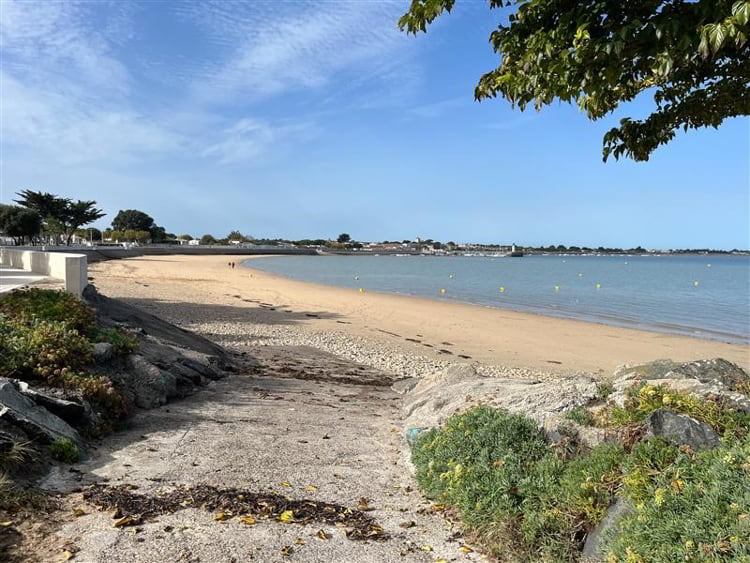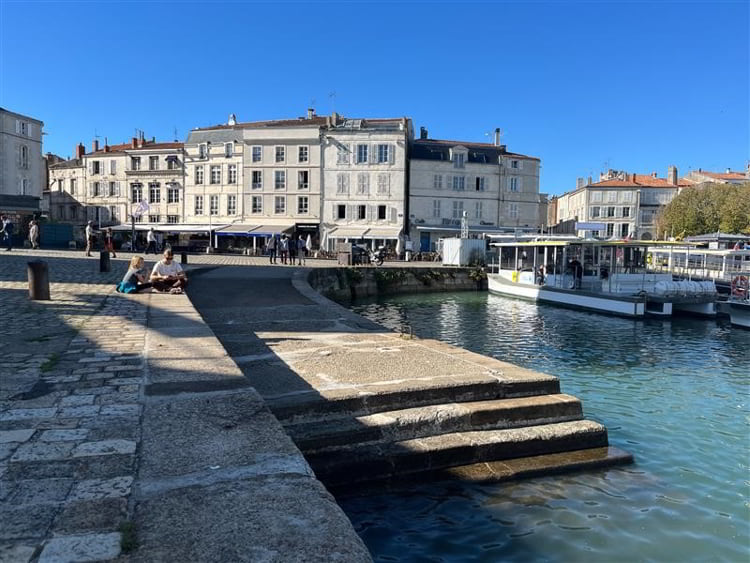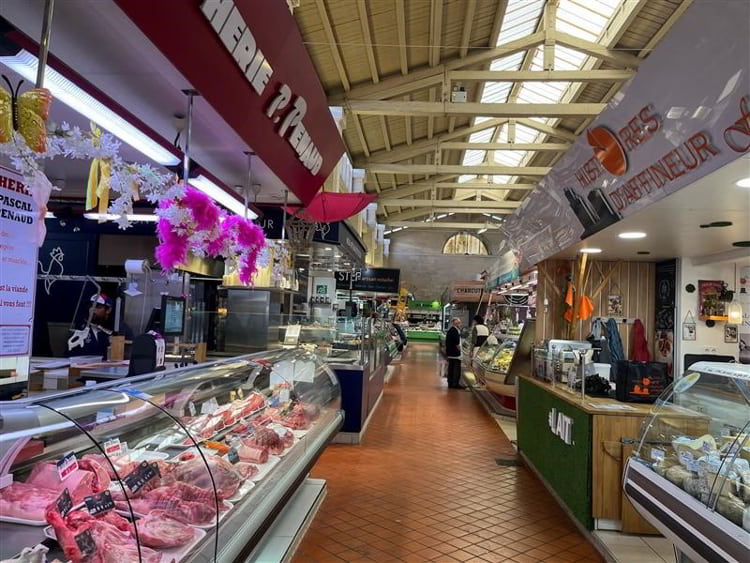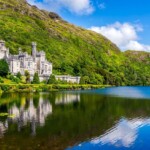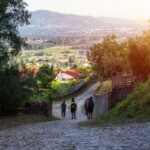Seafood And Sunshine In La Ville Blanche—The Best Coastal City In France You’ve Never Heard Of
An easy three-hour train ride from Paris, the medieval port town of La Rochelle boasts the third-highest quality of life in France.
Just north of Bordeaux, La Rochelle is one of the top vacation spots for the French—75% of the 3 million visitors it claims to receive annually are domestic. The remainder are all European… which is to say, this coastal haven is practically unknown to North Americans.
The population is only about 175,000, so this isn’t a densely populated city, and really feels more like a big small town than the capital of the department.
The area is known for seafood and sunshine, and, indeed, it was nearly 20 degrees warmer there than it was in Paris the same weekend, and the sky was stunningly clear blue every day. Nicknamed La Ville Blanche by foreigners for its dazzling sunshine, you’ll want good sunglasses and a brimmed hat all year long.
Thanks to the influence of the Gulf Stream, temperatures are never extreme here, and the region isn’t overly rainy, but it does get windy. I’m told that the windchill factor is the main reason for cold in the winter. Despite that, you’ll never want for vitamin D living here, as this region gets some of the most concentrated levels of UV rays in all of France.
What Life Is Like In La Rochelle
The day-to-day life here is vibrant and active. Most days see folks of all ages enjoying the salty sea air—grocery shopping at the historic market, playing cards or board games in the park, taking a bike ride, hitting the beach, or simply enjoying a crisp glass of local white wine next to the harbor.
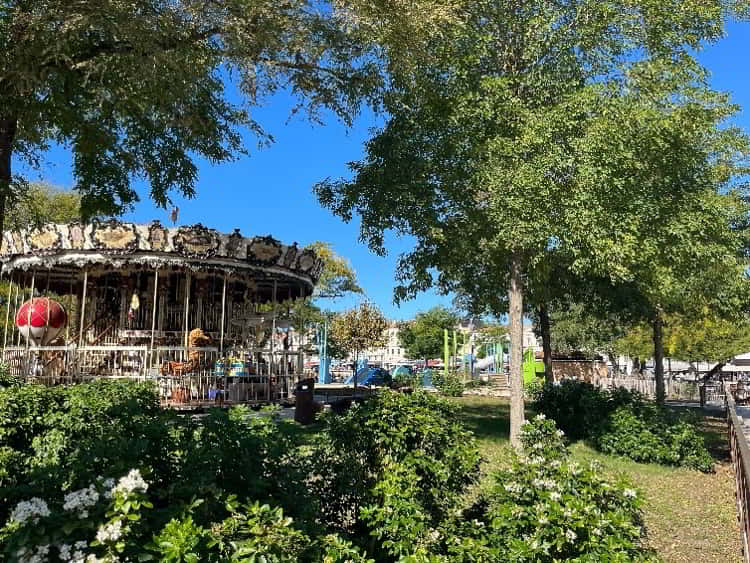
And no matter the time of year, they’re always in use. They’re packed end to end at the height of tourist season (July and August) but, otherwise, it’s just locals enjoying the surf. If it’s too cold for a dip, the coast is the perfect spot for a stroll. On my visit in early October there were at least a dozen people in the water and many more tanning in swim suits.
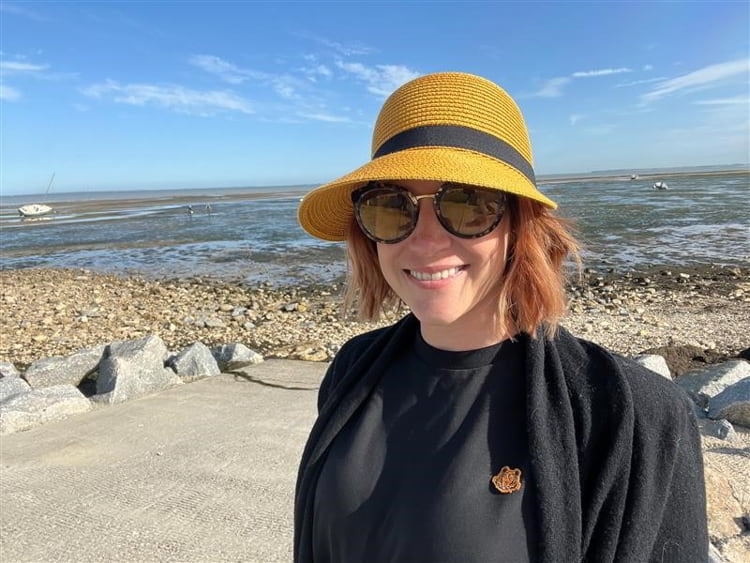
Oysters are the first (and often second and third) item on every menu—and, yes, I do mean every single menu—and they are some of the best I’ve ever had. Mussels are served in even the humblest of cafés, and the special of the day is almost always the catch of the day.
The town is completely accessible by foot or bike, and much of the historical center is pedestrianized. Bikes lanes and buses crisscross the city, and boats, buses, and trains take you to anyplace near or far, making a car unnecessary for most residents.
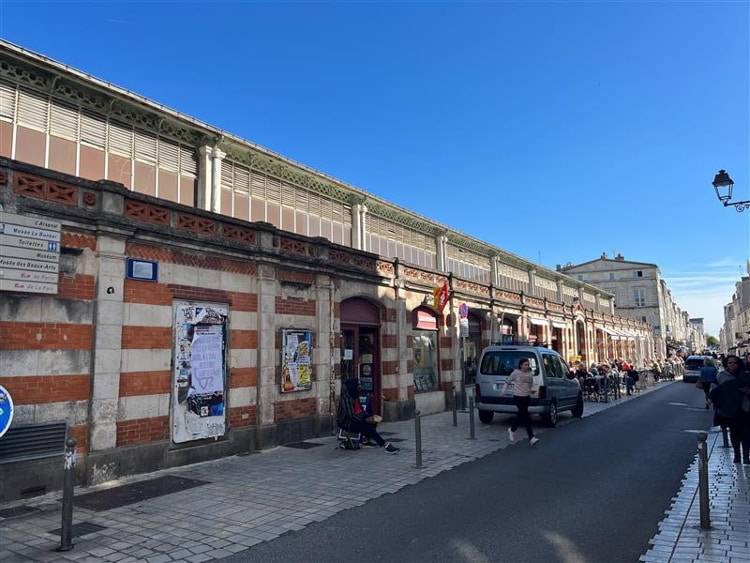
When it comes to going farther afield, the local airport and train station provide ample opportunity for convenient getaways, whether in France or abroad. The airport is mainly domestic, but seasonal flights to the U.K., Ireland, and Portugal are a boon.
The city’s port, La Pallice, is the only deep-water port on the French Atlantic coast, protected by Ile de Ré to the north and Ile d’Oléron to the south (both wonderful destinations in themselves). This “doorway to the ocean” is the reason for the city’s longstanding commercial seafaring tradition, and it’s still ranked the sixth most important port in the country today.
As well as a fiercely proud seafaring town, this is also a university town, welcoming about 10,000 students a year who add to the vivacity of the area.
However, as I said, the vibe here is more small town than big city. Perhaps the first reason you’ll notice this is by looking at store hours. Many shops only open in the afternoon, those that open in the morning take a few hours off for lunch, and nothing is open on Sundays or past 7 p.m. Some bus routes also have hours, so make sure to check the schedule before you assume you can go anyplace at any time.
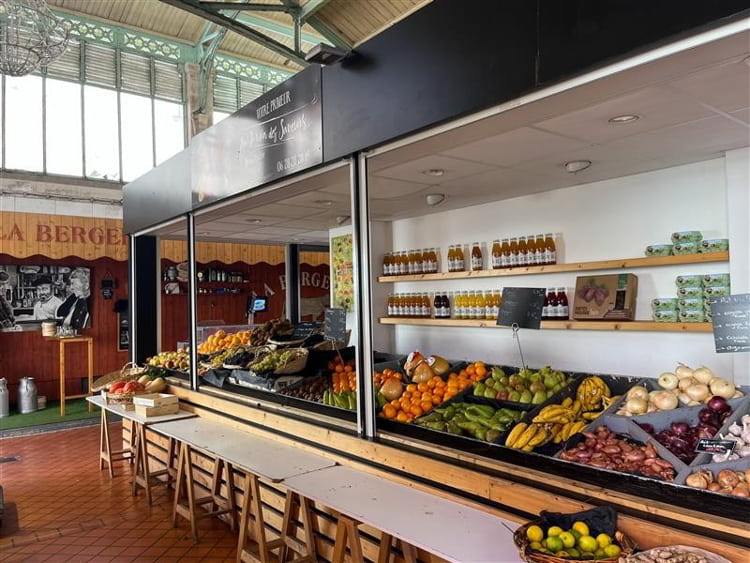
The marshes also provide a habitat for flora and fauna that’s unique to the area. Samphire, for example, an algae that’s sold as a condiment, usually only grows in the U.K. and Ireland but abounds near the salt flats. The wildlife that thrives in the wild northern part of Ile de Ré is worth a trip for birdwatchers or anyone else that loves to see nature at work.
Stay tuned for my full report in this month’s issue of Overseas Living Letter…
Kat Kalashian
Editor, LIOS Confidential



